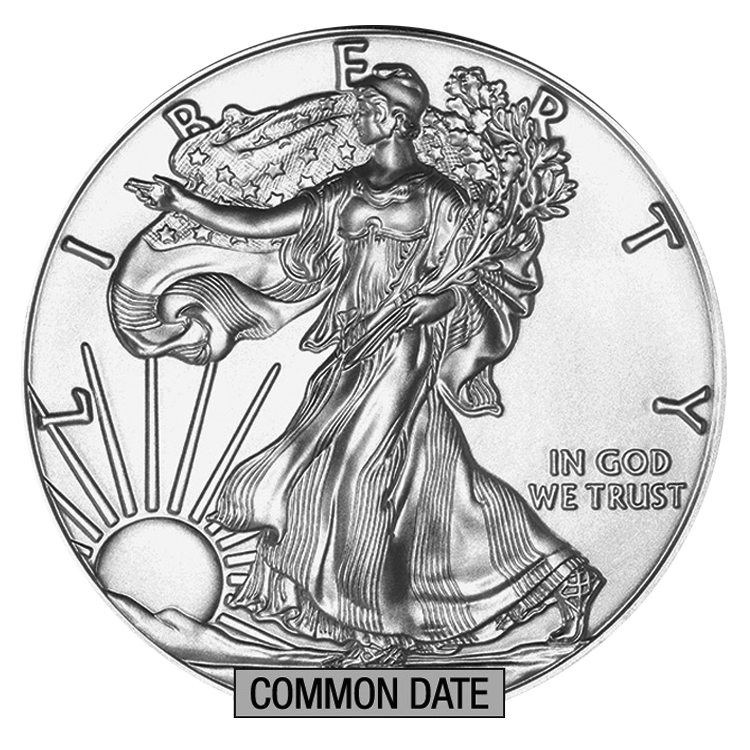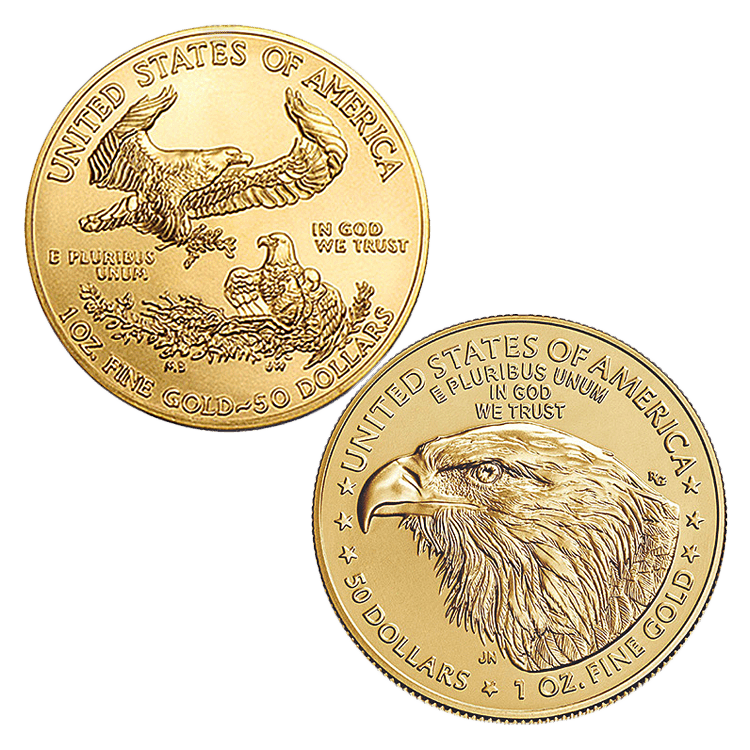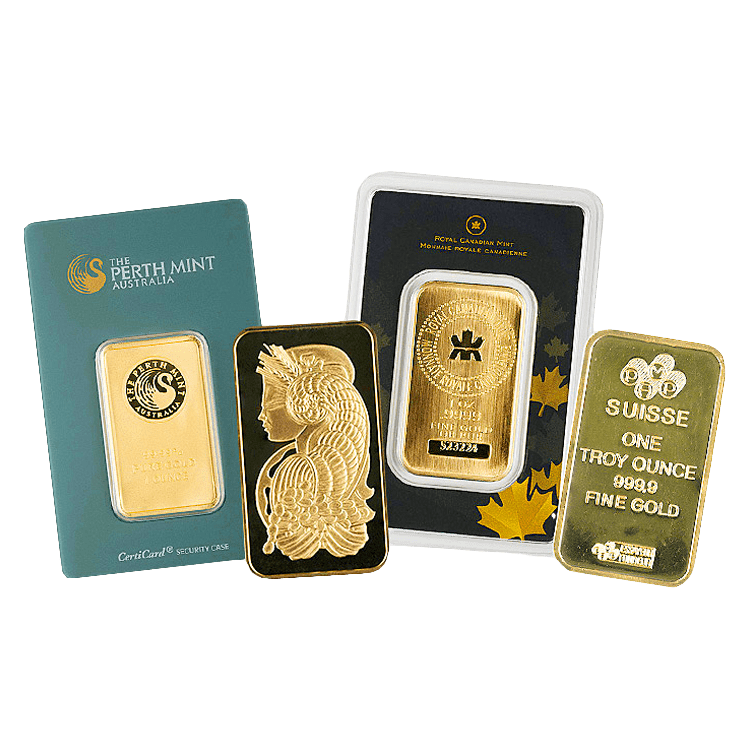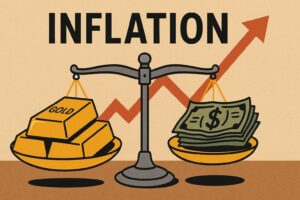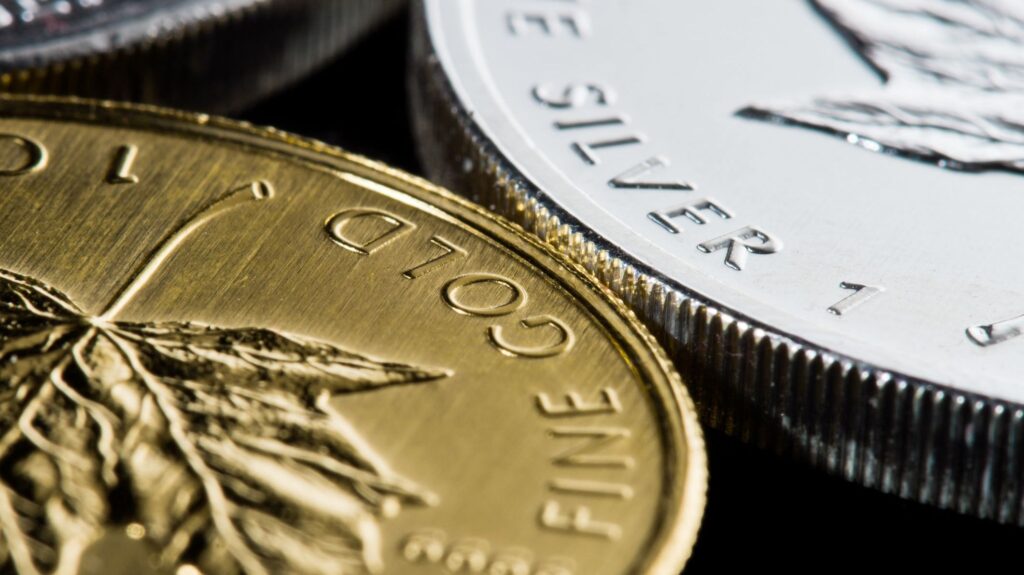
As economic uncertainty and inflation concerns continue to impact markets, more investors are exploring gold vs silver investment strategies for stability, diversification, and long-term growth. But if you’re just getting started — or even reevaluating your current holdings — you may be wondering: Should I buy gold, silver, or both?
Let’s explore the pros and cons of each metal, how they behave in today’s market, and how to build a strategy that fits your investment goals.
Gold vs. Silver in 2025: What Makes Each Metal Unique?
Gold has long been viewed as a financial safe haven. It’s trusted globally, holds its value over time, and tends to shine brightest during economic slowdowns, currency devaluation, or geopolitical tension.
Silver, while also a precious metal, is a different kind of opportunity. It plays a dual role — part safe-haven asset, part industrial metal — which makes its price more sensitive to manufacturing and tech demand. That’s a double-edged sword: more volatility, but also more potential upside.
Why Gold? The Ultimate Safe-Haven Asset
Gold tends to move in steady, strategic strides. It doesn’t typically skyrocket overnight, but it also doesn’t crash with the same intensity as other assets. That’s why many investors view gold as the foundation of a strong portfolio — especially during inflationary cycles or market corrections.
- Lower volatility than silver
- Reliable store of value for centuries
- Preferred by central banks and institutions
- Less affected by industrial demand
In 2024, gold reached new all-time highs despite rising real interest rates — breaking from historical patterns and showing it’s still a relevant hedge in the evolving global economy.
Why Silver? High-Growth Potential for Risk-Tolerant Investors
Silver’s smaller market size and industrial use make it more reactive to economic trends, especially in tech, solar energy, and electrification.
- More affordable per ounce than gold
- Higher potential percentage gains
- Increased demand from solar, EV, and electronics
- Can outperform gold in strong bull markets
In fact, during the 2020 pandemic recovery, silver surged 47.9% compared to gold’s 25.1% rise. That kind of performance can make silver appealing to growth-oriented investors who are comfortable with short-term swings.
Did you know? In 1980, the Hunt Brothers famously tried to corner the silver market — driving prices from $6 to nearly $50 per ounce. This extreme volatility is rare, but it shows silver’s ability to move fast when demand spikes.
Portfolio Blueprints: Finding Your Gold-Silver Balance
Your ideal allocation depends on your goals and risk tolerance. Here are three sample strategies:
🟡 Conservative (Focus on Stability)
- Gold: 8–10%
- Silver: 2–3%
- Focuses on preserving value and reducing volatility.
⚖️ Balanced (Growth & Protection)
- Gold: 5–8%
- Silver: 3–5%
- A blend of resilience and upside potential.
⚡ Growth-Oriented (Higher Risk Tolerance)
- Gold: 3–5%
- Silver: 7–10%
- Targets higher returns during bull markets or economic recovery.
For a deeper dive into how to fine-tune your allocation, explore our essential portfolio allocation tips to help ensure your precious metals strategy aligns with your overall financial goals.
Data-Driven Insights: Understanding Gold and Silver Trends
- According to Morgan Stanley, industrial demand accounts for approximately 50% of silver consumption, creating a fundamental demand floor that doesn’t exist for gold.
- The gold-to-silver ratio, often hovering between 70:1 and 85:1, can help identify relative value opportunities. When the ratio is high, silver may be undervalued relative to gold.
- Central banks continue buying record amounts of gold, especially in emerging markets, contributing to a long-term floor in price.
Getting Started: Five Ways to Add Precious Metals to Your Portfolio
Whether you’re a hands-on investor or want a set-it-and-forget-it strategy, there are several ways to get started:
- Physical Bullion: Coins and bars stored at home or in secure vaults (we recommend sovereign coins and common weights only — no collectibles).
- Vault Storage: Safe, insured, and instantly liquid (and can be delivered on-demand).
- IRAs & Retirement Accounts: Invest in tax-advantaged accounts with physical metals.
- InstaVault: Buy fractional metals, dollar-cost average, and convert to physical bars when you’re ready.
- ETFs and Mining Stocks: More speculative, but offer exposure without direct ownership.
The Smart Money Move: Why Diversification Wins
The real question isn’t “gold or silver?” — it’s “how much of each?”
Smart investors know that gold and silver complement each other, creating a more robust precious metals strategy than either metal alone. Think of it as building a team where each player has unique strengths:
- Gold acts as your portfolio’s anchor — steady, reliable, and trusted worldwide. When markets panic, gold typically holds firm.
- Silver serves as your growth engine — more volatile, yes, but with explosive potential during economic recoveries and tech booms.
Together, they create balance — gold smooths out silver’s wild swings, while silver adds upside that pure gold can’t match.
Ready to take the next step?
Explore our expert-vetted investment-grade bullion and secure your position in gold and silver today.
Get Gold & Silver Insights Direct to Your Inbox
Join thousands of smart investors who receive expert analysis, market updates, and exclusive deals every week.


